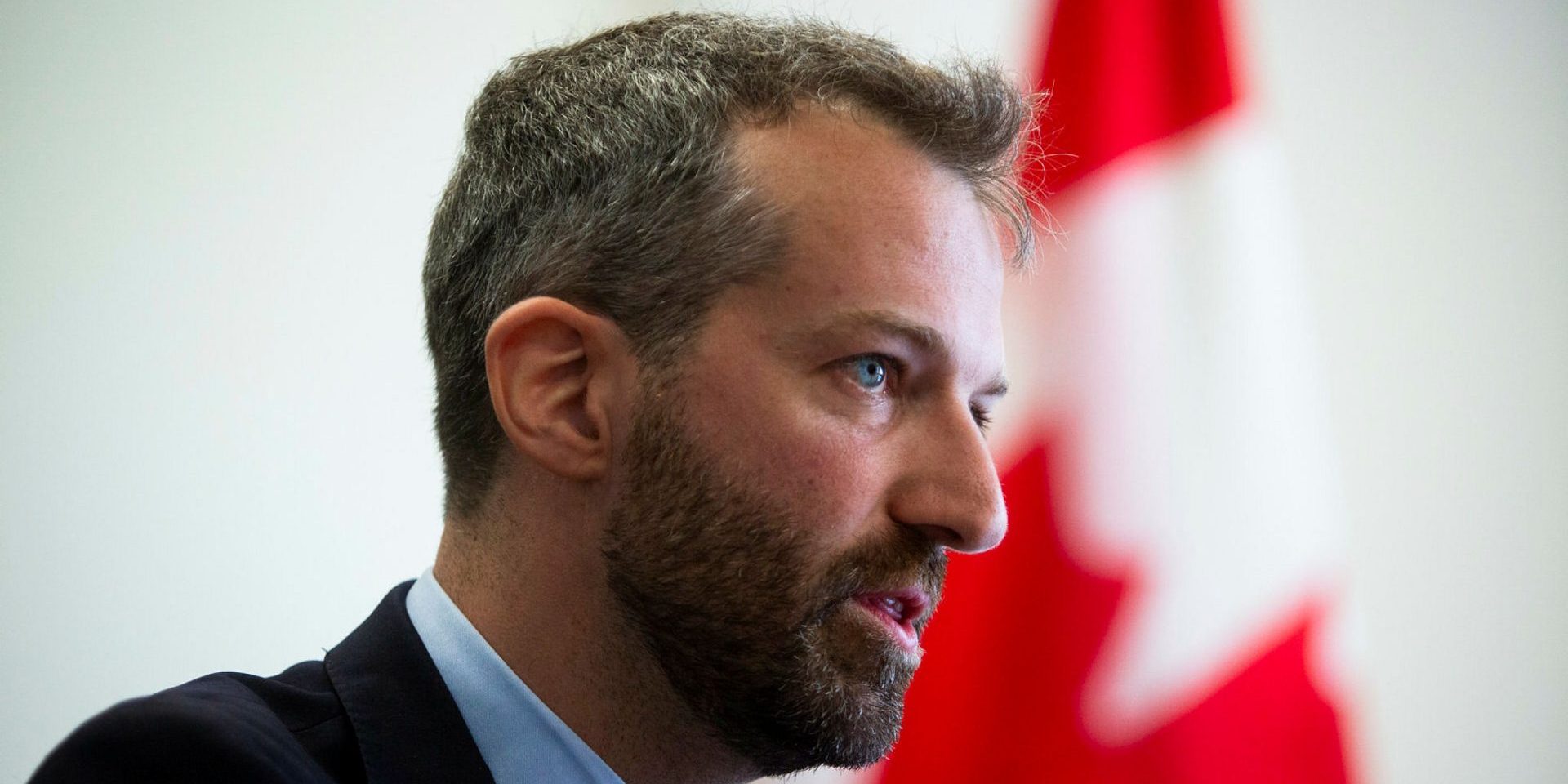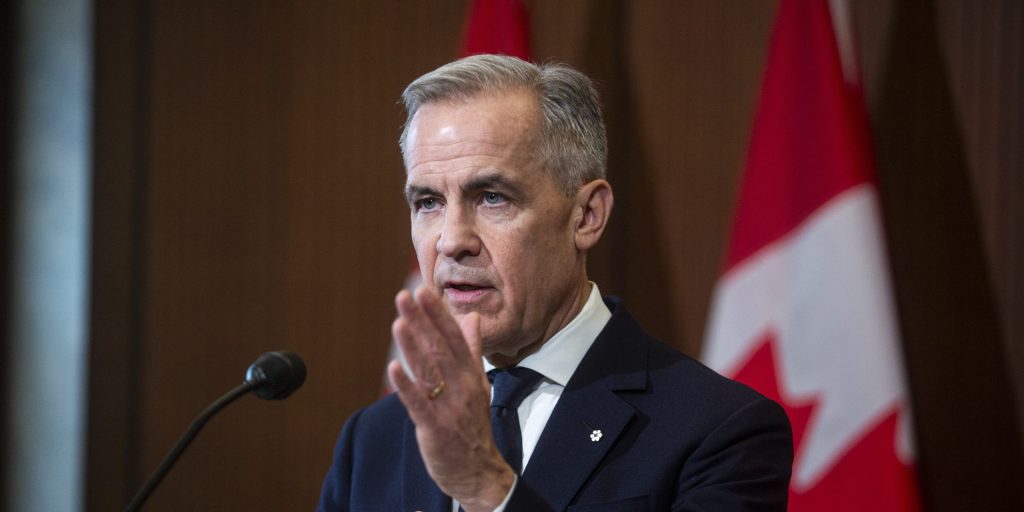PSPC’s three-year $17.5-billion spending plan lacks clear roadmap to future goals, say insiders

Public Services and Procurement Canada plans to spend more than $17.5-billion over the next three years, but its latest departmental plan—which reveals failed targets including those for procurement timelines and stabilizing the federal payroll system—lacks a clear strategy for execution, casting doubts about the department’s ability to deliver future projects.
According to the departmental plan released on June 17, the spending is set to peak in 2025–26, reaching more than $7.2-billion in total, with most of the funding allocated to major property and infrastructure projects and payroll systems. This is an increase from the almost $5.4-billion PSPC spent in 2023–24, and the $5.6-billion spent so far in the current fiscal year according to the main estimates.
The plan attributes the increase in spending to funding injections for major ongoing projects, most of which are expected to wind down gradually as the projects—from IT to infrastructure—are completed. These include the Next Generation Human Resources and Pay Initiative, the newly approved administrative system to replace the Phoenix pay system and modernize HR and pay administration; the Electronic Procurement Solution, a cloud-based platform aimed at streamlining federal procurement; the Les Terrasses de la Chaudière modernization in Gatineau, Que.; and the renovation of the Lester B. Pearson Building in Ottawa.
In 2026–27, total spending is projected to drop to $5.7-billion, with investment toward property and infrastructure falling to $4-billion. In 2027–28, the department plans to spend a lower $4.6-billion, with allocation for property and infrastructure still being the highest bucket with $3.6-billion, and the rest of the spending areas similarly seeing a gradual decrease over the years.
While the increase in money and targets outlined in the plan align with the new Liberal government’s broader objectives from Prime Minister Mark Carney’s (Nepean, Ont.) mandate letter, observers highlight that considering the absence of a clear delivery plan and PSPC’s track record, there is little evidence the department can follow through.
“There’s very little evidence, without fundamental change in the way PSPC delivers, that this plan is going to be entirely successful. Significant changes are going to have to be made,” Sahir Khan, a former assistant parliamentary budget officer and expert in government finances at the Institute of Fiscal Studies and Democracy, told The Hill Times in an interview.
“I think this new prime minister is going to be very demanding. Fact is, if the department can’t meet the expectations of delivery for this new government, then heads will roll.”
While the timing of the departmental plans—prepared during a period of government transition—may have contributed to their lack of clarity, Khan said PSPC’s plan “really lack[s] the detail required to explain how departments are going to implement the prime minister’s new mandate letter.” He added that it is especially important for PSPC to clearly articulate its implementation strategy to Parliament, “given that so much of the government’s agenda will rely on them.”

According to Khan, any federal government transformation will involve PSPC significantly, as the department must manage unresolved files left over from the previous government, such as persistent errors tied to the Phoenix pay system and missed targets in areas like Indigenous procurement.

“Past reform efforts have not proven to be very successful, and so there’ll be particular attention paid to how the government’s reform agenda actually gets implemented,” Khan said.
The departmental plan shows pay inaccuracies affected 112,273 public servants in 2023-24, which is down from the 135,500 from the prior year, but still well above PSPC’s target of reducing this number to 88,000. On June 23, PSPC reported the total backlog sat at around 450,000 cases.
“If the department was having difficulty with the ambitions of the last government, the ambitions of this new government are stacked on top of it. That’s why I say they’re going to have a very challenging time over the summer,” Khan said.
A senior executive at the Office of the Parliamentary Budget Officer, speaking on background, pointed to vague targets with no clear deliverables or timelines, and a lack of implementation details in the plan.
“Targets are very good, especially for the contracting,” the source said. “[But] how are these programs going to be implemented? There’s no dates, really, in the plan, it just says they’re going to use this new program to address this issue. But then there’s nothing saying, when is that going to be achieved?
“It is going to be highly questionable whether they can meet their targets for the procurement. I think that one is probably the weakest,” said the source.
Another senior government executive with previous experience at both the Privy Council Office and the Treasury Board Secretariat, who spoke to The Hill Times on background, argued PSPC is “too big” a department to be guided by such a limited plan.
“PSPC is involved in a lot of internal government processes, so it’s critical they work efficiently. This plan is not transparent enough for all that it does,” the source said.
As for the significance of the spending increase from last year to this one, the source said, the additional funds as well as some of the clearer goals outlined in the departmental plan are consistent with the new government’s goals under a “very focused prime minister,” based on their read of the Liberal platform.
“I actually think you are looking at more spending and more activity in this department than what’s contained in the plan,” the source said, noting that additional spending in the plan is linked to specific projects, which are “apolitical in nature.”
“So it’s simply good governmental management, which is for the most part what PSPC does.”
This also explains the higher use of full-time equivalents (FTEs) the source said, given shifting priorities under a new government might mean moving resources around departments, hiring more staff, and reducing some in other areas.
PSPC reported 19,121 FTEs for 2024–25—up from 18,107 the previous year. About one-third of those FTEs are part of work associated with payment and accounting. The department forecasts a gradual drop in staffing over the next three years, with 18,725 in 2026–27, and 15,324 by 2027–28, with the majority of them working in property and infrastructure areas.
“What they campaigned on was not reductions in the size of the public service, but a ceiling in the size of the public service. Now, a ceiling does not mean everybody keeps their job. That’s the important thing, and I think that’s something that everybody has kind of missed. So, a ceiling means the overall size of public service doesn’t change. It can certainly mean that who is working and what people are doing in the public service can change,” the source explained.
What’s in PSPC’s spending plan?
The lion’s share of this year’s spending—$5.4-billion or 74 per cent—will go toward ongoing major property and infrastructure projects. Another $1.11-billion is set aside for payments and accounting, which includes efforts to fix long-standing issues tied to the troubled Phoenix pay system.
Spending on government-wide support for areas such as digital upgrades, linguistic services, and modernization of information security is projected at $192-million. Meanwhile, the purchases of goods and services account for $187-million, and $385-million has been set aside for internal services.
The planned spending also allocates $4.5-million to the Office of the Procurement Ombudsman to review federal procurement practices, investigate supplier complaints, and offer dispute resolution.
For 2027–28, the department plans to spend $2.7-billion less than in 2025–26.
The departmental records also show that spending has increased by more than $1-billion over the last two fiscal years. From 2022–23 to 2023–24, spending jumped by $925-million, largely due to a $561-million increase in property and infrastructure funding, for major federal projects such as the Centre Block renovation, recapitalization of Place du Portage III, and the purchase of 181 Queen St. in Ottawa for House of Commons accommodations. Another increase of $272-million during the same year is attributed to efforts to stabilize the federal pay system, eliminate the Phoenix backlog, and absorb the NextGen HR and Pay Initiative.
The records also show that spending increased a further $93-million between 2023–24 to 2024–25, mostly due to continued transition of HR and pay modernization. The federal government announced on June 11 that it would adopt Dayforce as its new human resources and payroll platform to replace the problem-plagued Phoenix pay system which rendered costly errors, affecting hundreds of thousands federal staff for nearly a decade.
PSPC fails key procurement targets
The departmental plan shows that PSPC failed to meet several key performance targets over the last year. According to the records, only 58 per cent of basic-level contracts were awarded on time in 2023-24—well below the target of 85 per cent. Meanwhile 66 per cent of standard-level contracts were awarded that year on schedule, which also fails the 80-per-cent goal.
The department also fell short on meeting its targets for supplier diversity goals. Only 20 per cent of contract value went to small and medium enterprises, below the 25-per-cent target.
According to the plan, federal departments awarded 3.41 per cent of all contracts to Indigenous businesses in the 2023–24 fiscal year, falling short of its five-per-cent target, introduced in 2021 as part of the government’s commitment to economic reconciliation. PSPC continues to pursue the five-per-cent target in both the 2024–25 and 2025–26 fiscal years.
Despite several shortfalls, PSPC did meet numerous targets in 2023–24. Some include maintaining an on-time payment rate 99.99 per cent of the time, and exceeding its green procurement goal, with 51 per cent of contracts reaching above the 45-per-cent benchmark percentage of contracts, standing offers and supply arrangements that include “green” goods and services.
According to the plan, PSPC also expects its net cost of operations to rise by approximately $428-million to reach more than $4.6-billion by the end of the 2025-26 fiscal year. As for the reasons, PSPC cites cost drivers such as rent, utilities, and accommodation over which it “has little or no control.” The increase is largely attributed to new funding tied to the federal government’s Next Generation Human Resources and Pay System, inflation-related property costs, and continued work on the Office Portfolio Reduction Plan.
The department’s future goals include promoting competitive bids, expanding digital procurement systems, limiting the outsourcing of professional services, improving oversight over documentation and decision-making processes, delivery of military procurements to support the Canadian Armed Forces’ operational readiness, and launching a green procurement tool for government contracts.
The internal plan identified a few key risks to delivering its work, including disruptions in trading relationships, rising commodity prices, supply chain uncertainties, and security concerns driven by geopolitical tensions.
The department also highlighted potential challenges in procurement staff adapting to new processes, tools and policies, which it says it will address by streamlining procurement and increasing training. These were all recommendations to the department by the auditor general.
The Hill Times






 LICENSING
LICENSING PODCAST
PODCAST ALERTS
ALERTS













